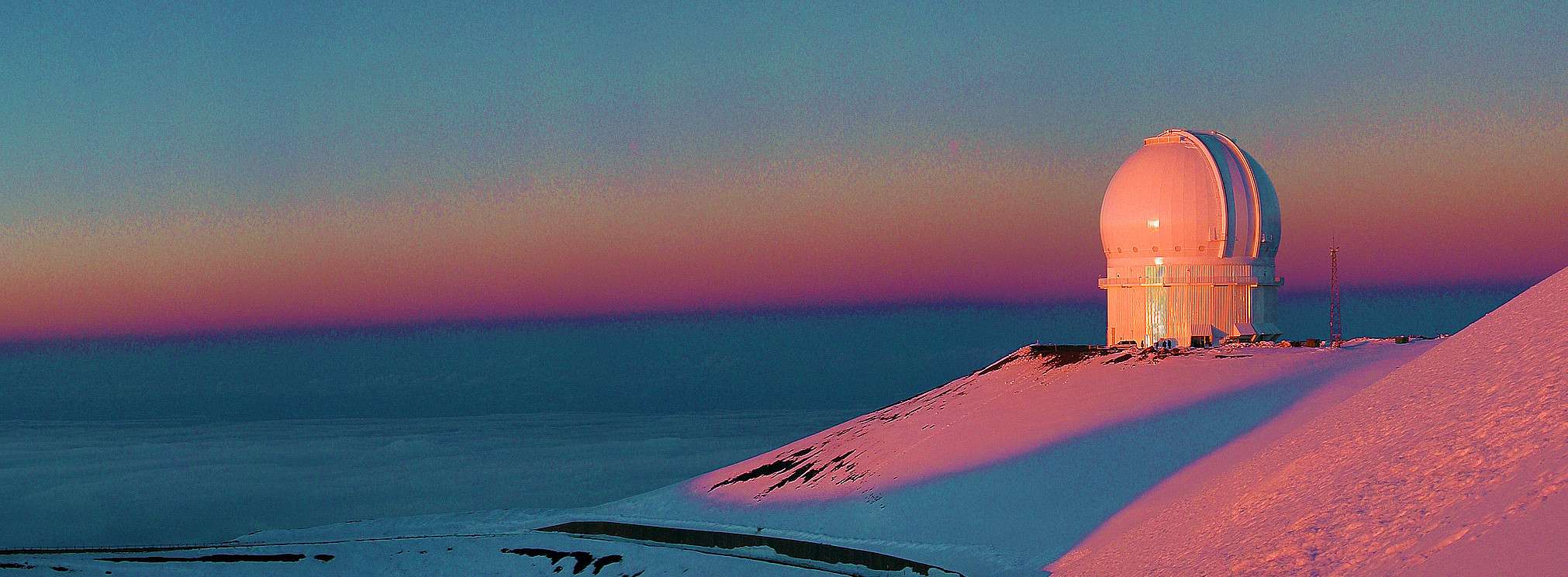


A DataBase of high resolution spectropolarimetric stellar observations


Canada-France-Hawaii Telescope 2005


Telescope Bernard Lyot 2006


Spectral domain and resolution

A lot of spectra has been found ( spectra).
Only the 10 000 first spectra are displayed.
| SNR (Max) : |
| SNR (Max) : |
| Associated LSD | |||
|---|---|---|---|
| Detection outside | Probability outside | Detection inside | Probability inside |
| Sel | Plot | Target | Simbad Name | Type | SubType | vMagnitude | Spectral Type | RA | DEC | Teff | Teff's reference | Log(g) | Log(g)'s reference | [Fe/H] | [Fe/H]'s reference | Rot | Rot's reference | Distance | Distance's reference | Radvel | Radvel's reference | Hour Angle | Airmass | Inst. Mode | UT Date | Instrument | Stokes Param | SNR (Max) | RUN ID | PI name |
|---|
